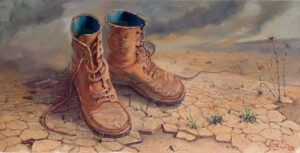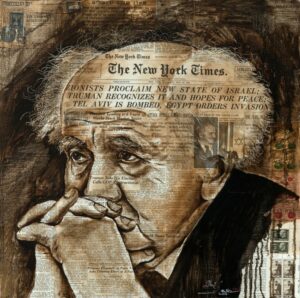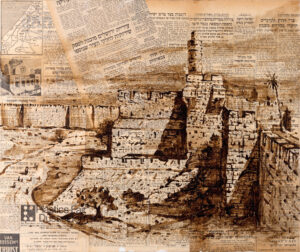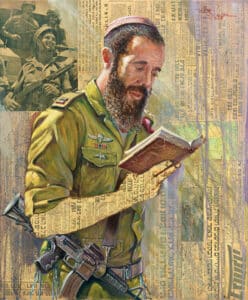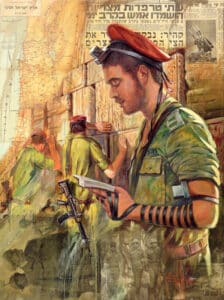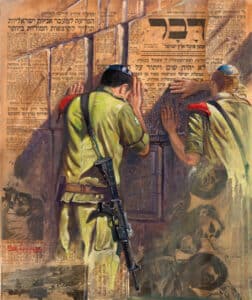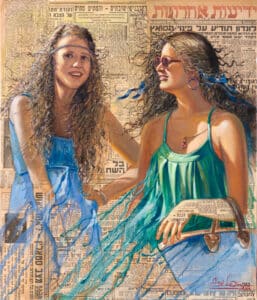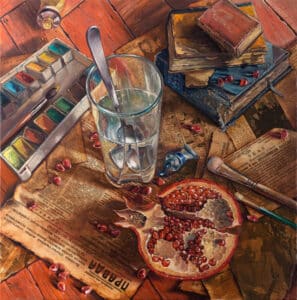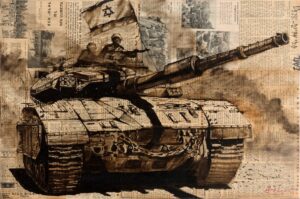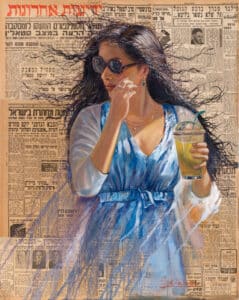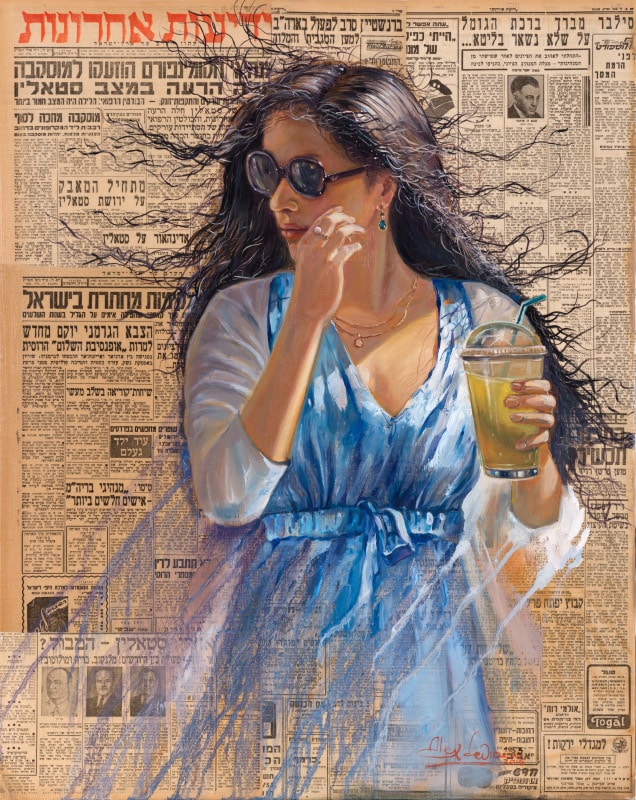
Modern Israeli art refers to the visual art produced in Israel from the late 19th century to the present day. It encompasses a wide range of styles, mediums and movements, reflecting the diverse cultural and political landscape of the country.
Some of the key movements and styles in modern Israeli art include:
- The “Eretz Israel” School: This movement, which emerged in the early 20th century, sought to create a distinct Israeli art and identity by depicting the landscapes and people of the land of Israel.
- The “New Horizons” Group: This group of artists, which formed in the 1930s, sought to break away from the traditional, realistic style of the “Eretz Israel” school and experiment with abstract and modernist forms.
- “The New Horizons” Group : This group of artists, which formed in the 1940s, sought to create a new style that would reflect the reality of the new Jewish state and society.
- Social Realism: This style, which emerged in the 1950s and 1960s, focused on depicting the social and political issues facing Israel, such as the Holocaust and the plight of new immigrants.
- The “New Horizons” Group: This group of artists, which formed in the 1970s and 1980s, focused on exploring the complexities of Israeli identity and the ongoing conflict in the Middle East.
- Contemporary Israeli art: Today, Israeli art continues to evolve and innovate, with a wide range of contemporary artists working in various styles and mediums, including painting, sculpture, photography, and digital art.
While these are just a few examples of the movements and styles that make up modern Israeli art, it is important to note that Israeli art is a diverse field that continues to evolve and change with time.
